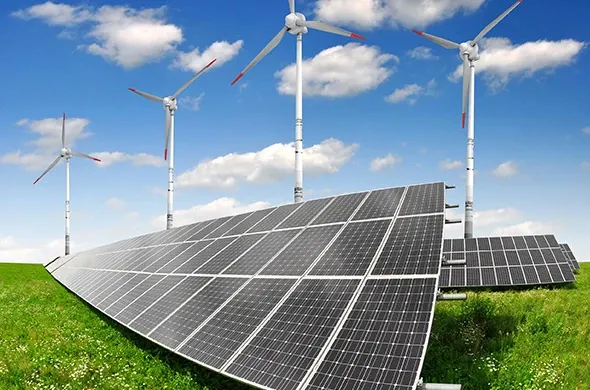Subscription Economy to Be Worth Almost $1 Trillion by 2028
A new study by Juniper Research found that by 2028, subscription economy revenue will reach $996 billion, up from $593 billion in 2024; a substantial rise of 68%.

The European Commission has adopted the 2022 Strategic Foresight Report - “Twinning the green and digital transitions in the new geopolitical context“. As the EU prepares to accelerate both transitions, the report identifies ten key areas of action to maximize synergies and consistency between our climate and digital ambitions. By doing so, the EU will strengthen its cross-sector resilience and open strategic autonomy, and be better prepared to face new global challenges between now and 2050.
The green and digital transitions are at the top of the Commission's political agenda set out by President von der Leyen in 2019. In light of Russia's aggression against Ukraine, Europe is accelerating its embrace of climate and digital global leadership, with eyes firmly on key challenges, from energy and food to defense and cutting-edge technologies. From this perspective, the 2022 Strategic Foresight Report puts forward a future-oriented and holistic analysis of the interactions between the twin transitions, taking into account the role of new and emerging technologies as well as key geopolitical, social, economic, and regulatory factors shaping their twinning - i.e. their capacity to reinforce each other.
On one hand, digital technologies help the EU achieve climate neutrality, reduce pollution and restore biodiversity. On the other hand, their widespread use is increasing energy consumption, while also leading to more electronic waste and a bigger environmental footprint. Energy, transport, industry, construction, and agriculture, the five biggest greenhouse gas emitters in the EU, are key to a successful twinning of the green and digital transitions. Technologies will play a key role in reducing these sectors' carbon footprint. By 2030, most reductions in CO2 emissions will come from technologies available today. However, achieving climate neutrality and circularity by 2050 will be enabled by new technologies currently at the experimental, demonstration, or prototype phase.
The current geopolitical instability confirms the need to not only accelerate the twin transitions but also reduce our strategic dependencies. In the short term, this will continue affecting energy and food prices, with a significant social fallout. In the medium- and long-term, for instance, sustainable access to raw materials critical for the twin transitions will remain of paramount importance, adding pressure to move to shorter and less vulnerable supply chains and friend-shoring wherever possible. The twinning will also require hinging the EU's economic model on wellbeing, sustainability, and circularity. The EU's position in shaping global standards will play an important part, while social fairness and the skills agenda will be amongst the conditions for success, alongside the mobilization of public and private investment. It is expected that almost €650 billion will be needed in additional future-proof investment annually until 2030.
The report identifies areas where a policy response is needed to maximize opportunities and minimize potential risks stemming from the twinning: